LEARNING OBJECTIVES
Table of Contents
In this article, the author has explained 11 factors that affects the quality of water.
Water is a precious resource. Not only does it provide us with life-sustaining hydration, but water also has a profound impact on the quality of our lives. The factors that affect the quality of water are many and include dissolved oxygen, biochemical oxygen demand, nitrates in drinking water, heavy metals in drinking water, total dissolved solids in drinking water, and more.
In this blog post we will discuss 11 factors that can affect the quality of water.
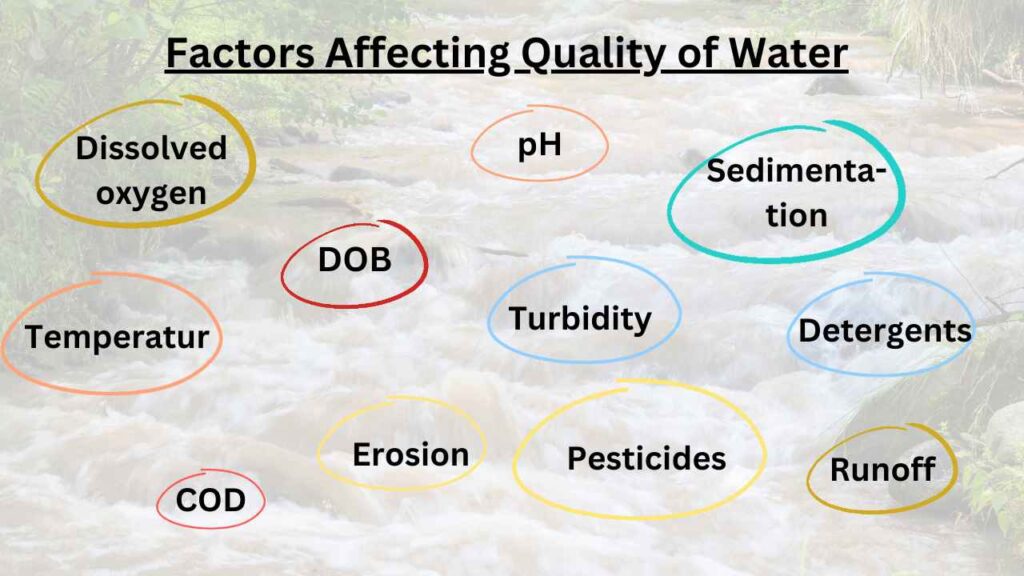
11 factors that can affect the quality of water
1: Turbidity
“Turbidity,” is a measure of the cloudiness, or particulate matter in water. It’s what gives natural bodies their color and many rivers have been known to change from clear blue to much darker when particles from construction sites enter into it.
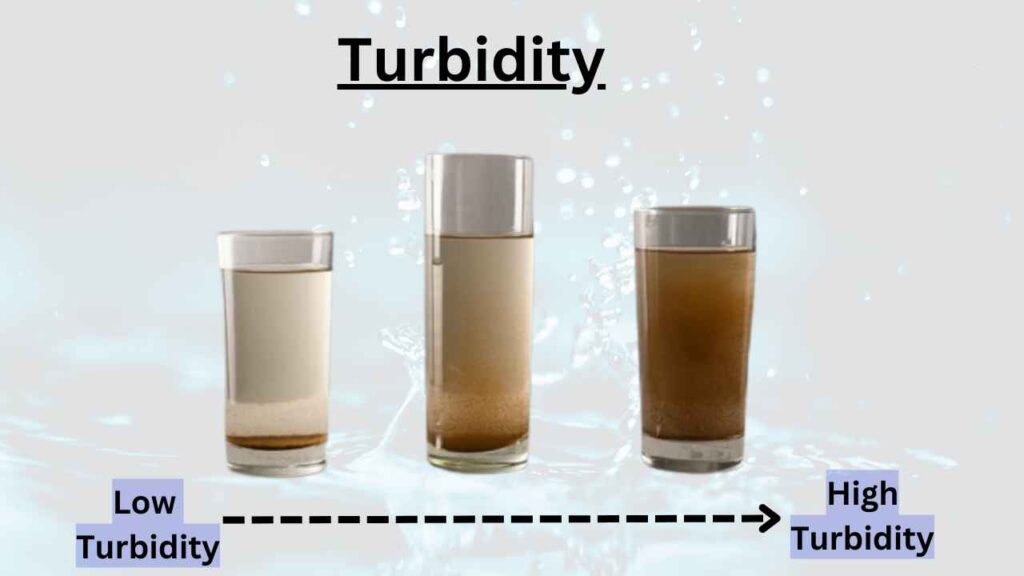
When you add chemicals to your pool, they’ll affect how cloudy it gets as well so if you’re adding chlorine tablets for example, give yourself some time before jumping back in because “chlorine will dissipate at different rates depending on temperature.”
If there are no guidelines saying that turbidity levels should be below a certain number then basically all we can do is check regularly and try our best not to disturb things too much! That being said though, don’t worry too much about it because there are other factors that can affect the quality of water.
2: Dissolved oxygen (DO)
Dissolved oxygen is a water quality factor that affects aquatic life. The amount of dissolved oxygen in the water can be limited by various sources, including high temperatures and pollutants from sewage treatment plants or other industrial waste systems.
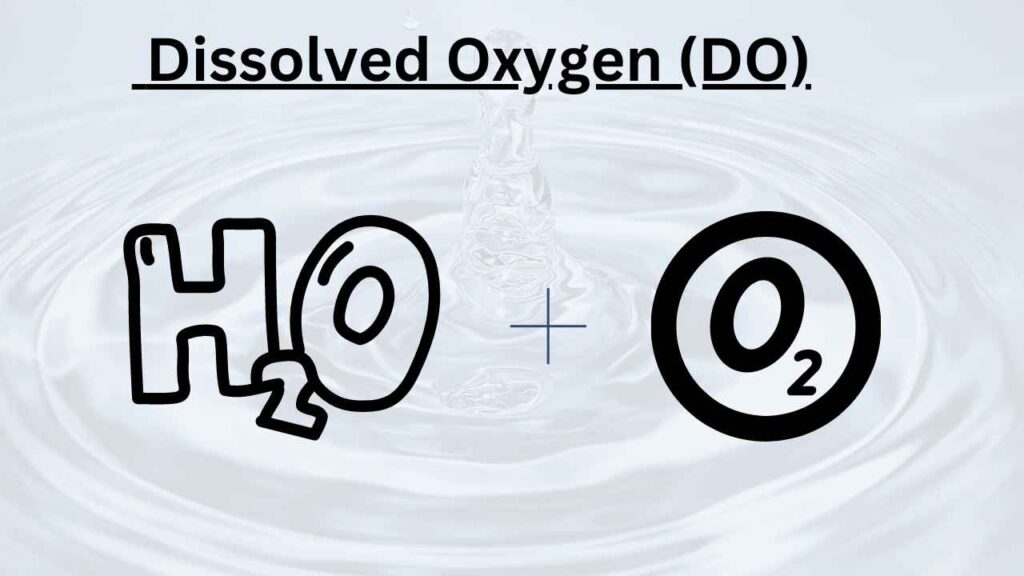
As organic matter decays into sediment, it uses up available dissolved oxygen which then causes stress to fish and other forms of aquatic life. If there isn’t enough Dissolved Oxygen in the body of water then some form of aquatic life will die off – eventually leading to an overall loss in biodiversity for that particular habitat.
How concentration of dissolved oxygen measures water pollution?
Concentration of dissolved oxygen varies from 4-8 ppm. The organic matter which is present in polluted water is oxidized by this oxygen. The dissolved oxygen value less than 4 ppm shows presence of water pollution.
3: Biochemical oxygen demand (BOD)
The amount of Biochemical Oxygen Demand (BOD) in the water is a major factor that affects aquatic life. BOD refers to how much oxygen is needed by microorganisms and other forms of aerobic organisms in order for them to break down organic matter from wastes, pollutants or dead plants/animals within a specific time period.
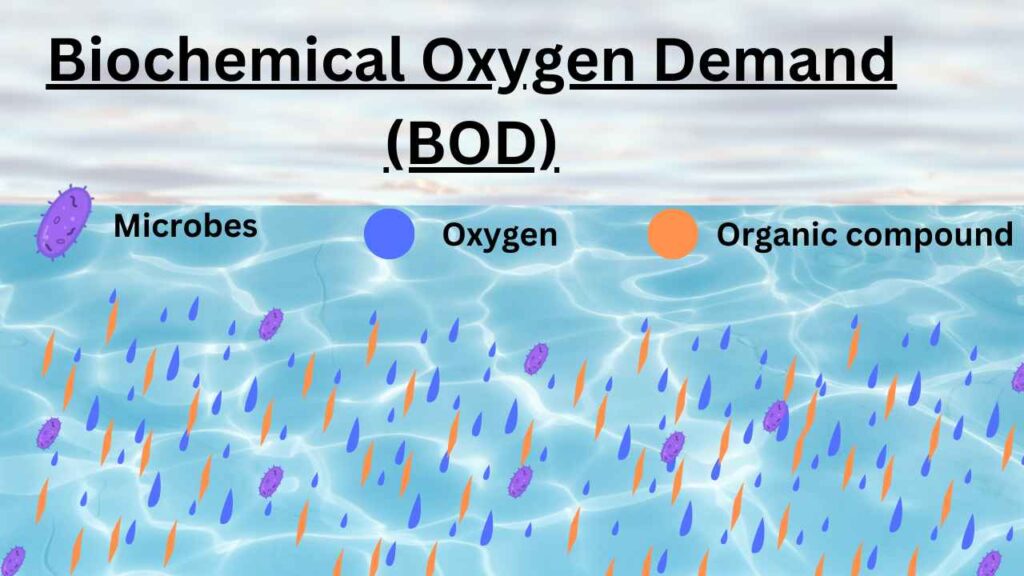
If there isn’t enough dissolved oxygen then some form of aquatic life will die off – eventually leading to an overall loss in biodiversity for that particular habitat and environment.
How biochemical oxygen demand is measured?
BOD is measured experimentally by calculating concentration of oxygen at the beginning and the end of five days period.
4: Chemical oxygen Demand (COD)
Chemical oxygen demand (COD) is the amount of dissolved organic material that can be oxidized with strong chemical reagents, usually under prescribed conditions.
The COD test measures the concentration in milligrams per liter (mg/l) or parts per million (ppm) of carbonaceous biochemical oxygen demand as determined by a specified analytical procedure and time period. In other words it determines how much chlorine must be added to disinfect water for public health safety.
How to measure Chemical oxygen demand (COD)?
The oxygen demand of water can be determined directly by treating it with dichromate ion ( Cr2O7-2). The dichromate in Cr2O7-2 is a powerful oxidizing agent. Organic matter in water is oxidized while the remaining dichromate is determined titrimetrically.
5: Sedimentation
Sedimentation is an important factor in the quality of water. If not kept to a minimum, sedimentation can cause problems such as decreased visibility and reduced oxygen levels for aquatic life.
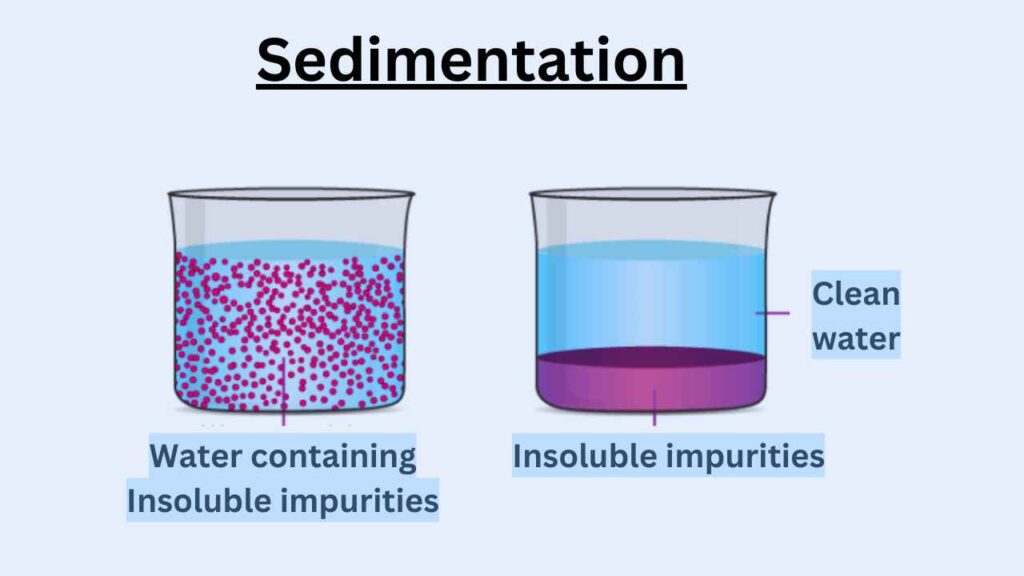
Silt, sand, clay, pebbles, and other particles that settle at the bottom of lakes or streams are called “sediments.” Sediments collect when natural materials like soil wash into waterways during heavy rains or when man-made pollutants enter the water system.
As they accumulate on the bottom of lakes or streams over time these sediments can cover up vital underwater vegetation which fish use for food and shelter. The most common type of sediment is silt but any type of material that settles to the bottom will affect water quality if it accumulates quickly.
6: PH as factor affecting water quality
The pH of water is the measure of acidity or alkalinity. The pH scale ranges from 0-14, with 7 being neutral. Anything below 7 is acidic and anything above 7 is alkaline. Water can be contaminated by many different factors, but one key factor affecting the quality of water in lakes and streams are changes in its pH level.
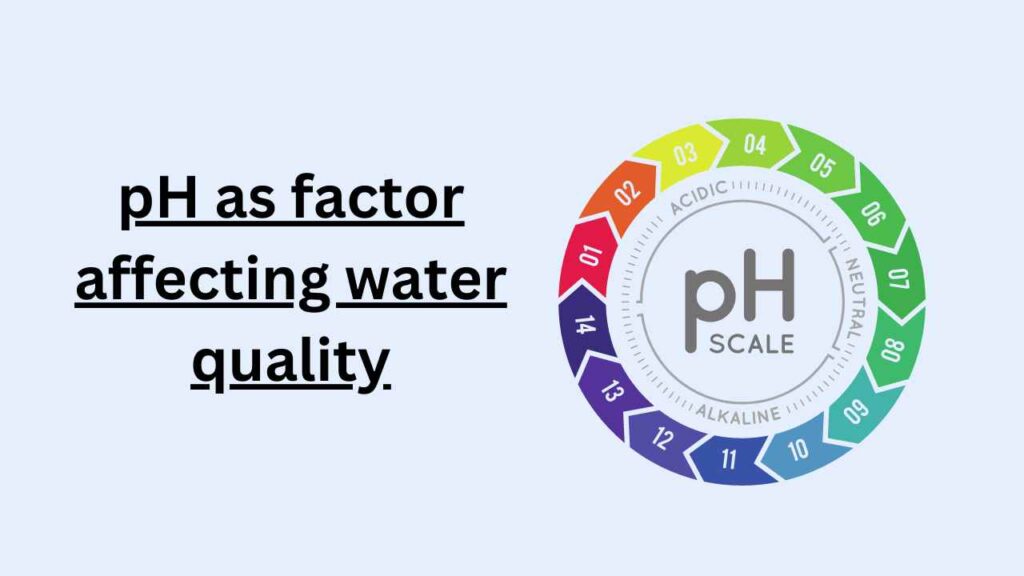
If a lake’s pH level drops to 6 or less, it becomes too acidic for fish to survive; if the pH rises to 8 or higher, it becomes too basic for fish to live there either because their gills cannot absorb oxygen fast enough as they try to breathe under these conditions.
7: Temperature
Temperature is an important factor when considering the quality of water. Higher temperatures can lead to algal blooms and other types of contamination, while lower temperatures inhibit the growth of microorganisms that are necessary for healthy ecosystems. This blog post will explore how temperature can affect water quality in a variety of ways.
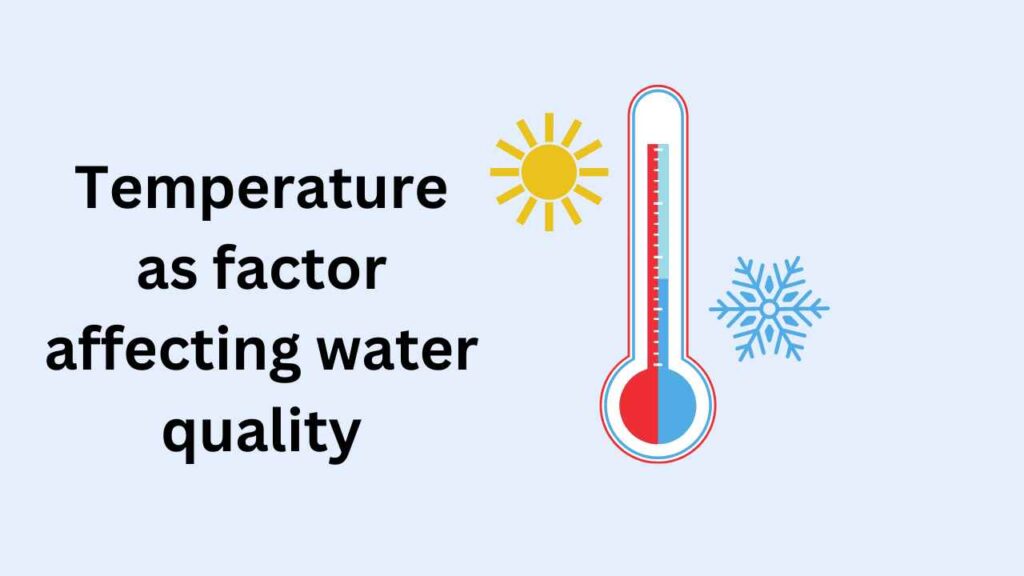
The first section will discuss the potential for increased algae blooms due to higher temperatures, which can create problems with taste and odor as well as potentially affecting wildlife populations who rely on these organisms for food sources.
The second section discusses how low-temperature zones are more susceptible to toxic blue green algae than high-temperature zones because colder waters cannot provide enough nutrients or sunlight needed for this type of organism’s survival.
8: Runoff
Water quality can be altered by many factors including runoff, which is the process of rainwater flowing over the ground and picking up soil particles. This water then flows into streams, rivers, lakes or oceans where it may cause harm to aquatic life because of increased levels of nutrients like nitrogen and phosphorus.
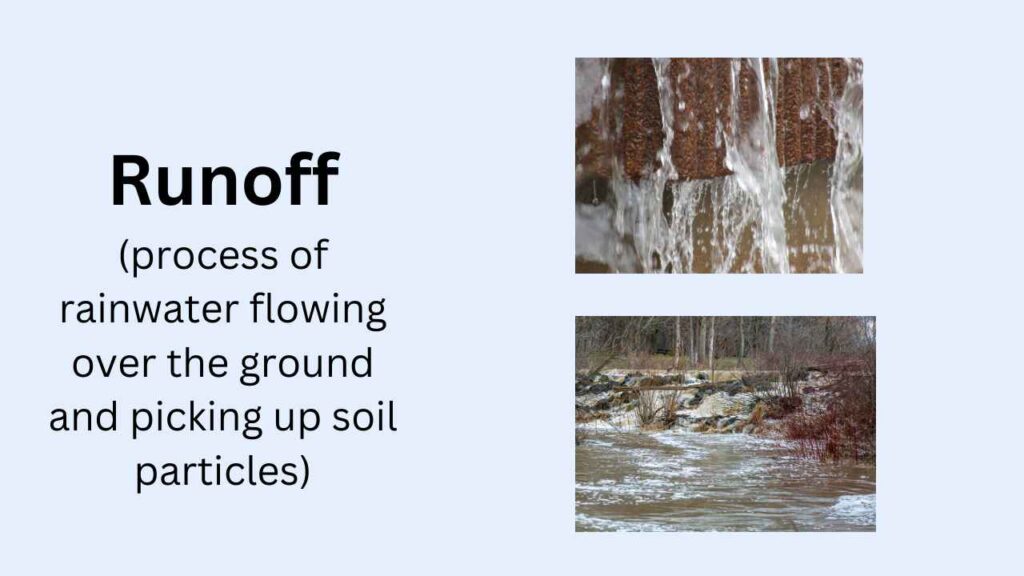
How much runoff causes water quality to worsen?
Scientists have found that in areas with high amounts of agricultural land use (crop production), about 1 inch per year is enough to raise nutrient concentrations in nearby waterways. Areas with low amounts of agriculture show little change at this level.
Therefore, when people are considering ways to improve water quality they should consider reducing agricultural runoff as a way to help minimize its effects on our environment.
9: Erosion
Erosion is the gradual wearing away of land surfaces, often caused by an eroding agent such as wind or water. The rate at which erosion occurs depends on many factors including the type of soil that it has been exposed to. Erosion can affect both natural and man-made structures in a variety of ways including degradation of quality, destruction, and loss.
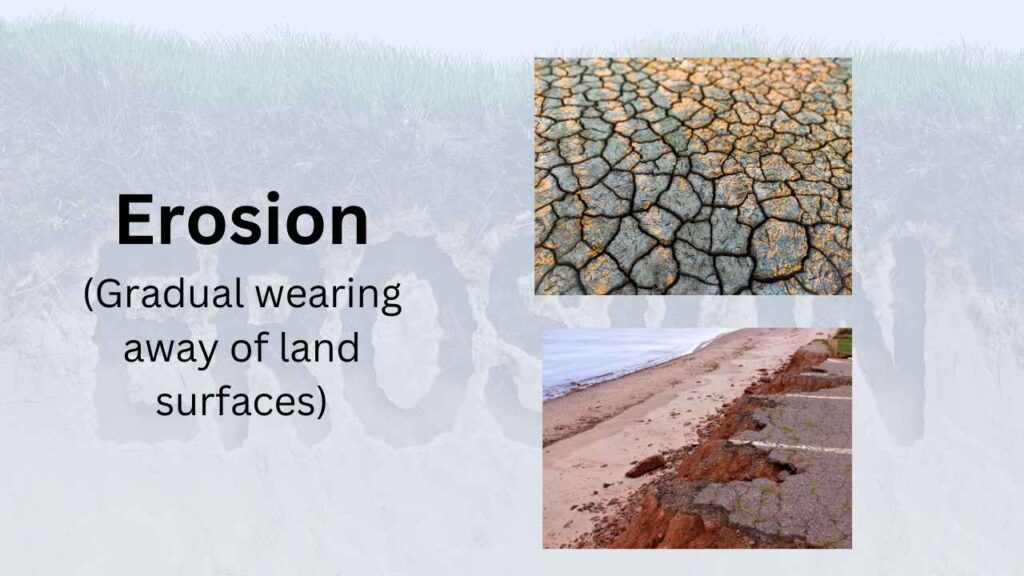
One example is how erosion can change the chemistry within rivers and streams by making them more acidic due to increased levels of dissolved organic material from decomposing vegetation near riverbanks.
Erosion affects water quality in rivers because when people use chemicals like fertilizers in their agriculture for crops they cause pollution in our waterways leading to high amounts of runoff into these systems which increases nutrient loading which affects water quality.
10: Pesticides
Pesticides are used in agriculture to control insects, weeds, and other pests. Pesticide use can affect water quality by leaching into groundwater or runoff getting into nearby streams. For example, the pesticide DDE has been found to be widespread in surface water sources across the US that have not been treated for chlorination.
11: Detergents
Detergent is a commercial product that is used for washing clothes. It usually comes in the form of powder or liquid, and it contains chemicals which are intended to remove dirt from fabric.
However, many detergents have been found to contain ingredients which can affect water quality. Some studies have shown that these ingredients can cause algal blooms in bodies of water, which eventually lead to dead zones where no life can thrive because of low oxygen levels due to decomposing algae.
Conclusion
We all know that the quality of water changes over time. But what factors affect water quality? There are many, but some examples include sedimentation, runoff, erosion, dissolved oxygen level (DO), pH levels, temperature variations and decayed organic materials like leaves or branches on the surface.
Pesticides can also contribute to poor water quality as well as chemicals such as oils and grease from cars driving through streams. This pollution is toxic for humans too! It’s important to keep these facts in mind before jumping into a new body of water – there could be hazards waiting beneath the surface.